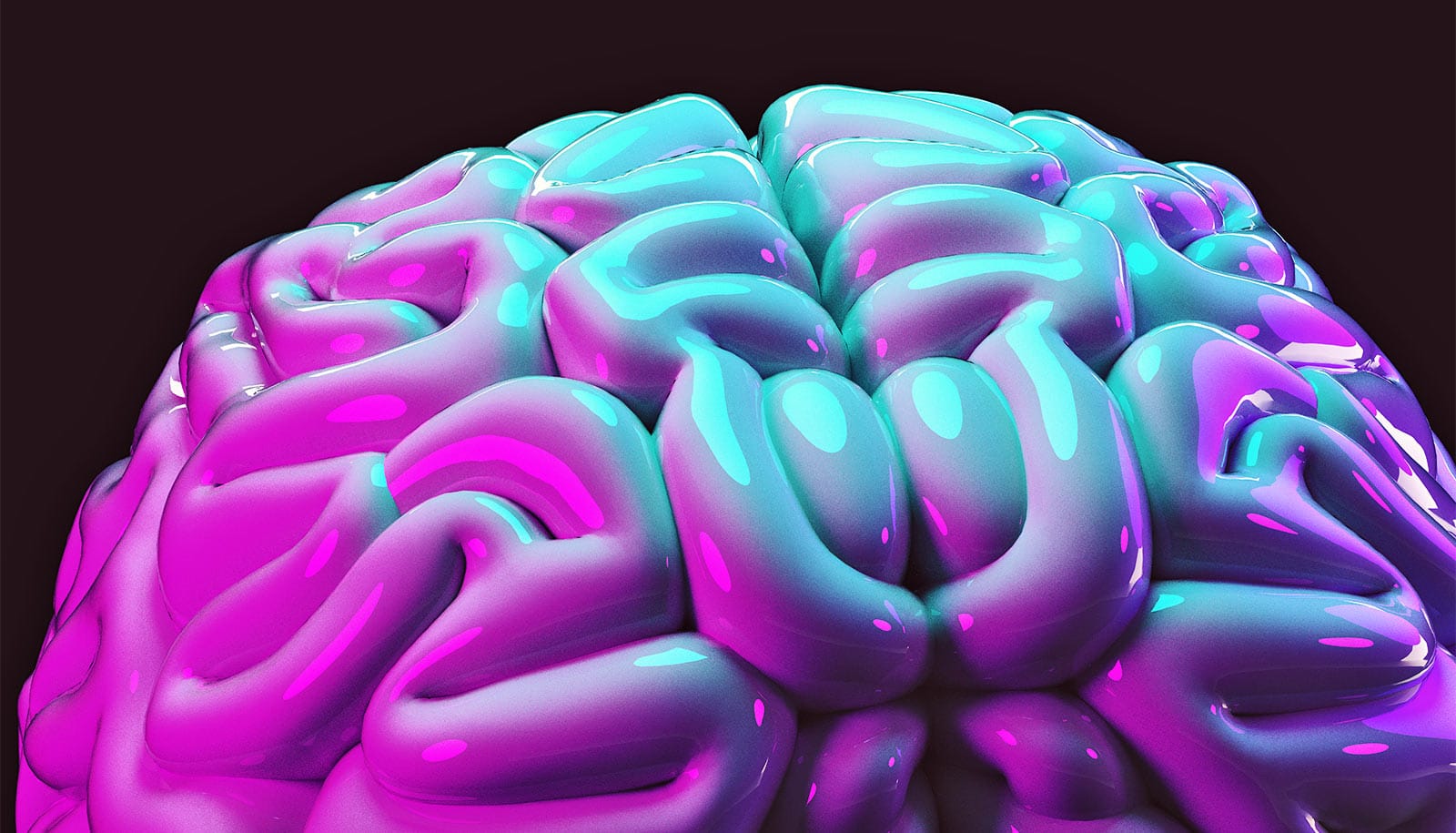A new drug delivery, tested with locusts, could someday make drug delivery to the brain as simple as a sniff.
“This would be a nanoparticle nasal spray, and the delivery system could allow a therapeutic dose of medicine to reach the brain within 30 minutes to one hour,” says Ramesh Raliya, research scientist at the Washington University in St. Louis School of Engineering & Applied Science.
“The blood-brain barrier protects the brain from foreign substances in the blood that may injure the brain,” Raliya says. “But when we need to deliver something there, getting through that barrier is difficult and invasive. Our non-invasive technique can deliver drugs via nanoparticles, so there’s less risk and better response times.”
“The shortest and possibly the easiest path to the brain is through your nose.”
Working with Pratim Biswas, chair of the department of energy, environmental, and chemical engineering, Raliya developed an aerosol consisting of gold nanoparticles of controlled size, shape, and surface charge. Fluorescent markers that tagged the nanoparticles allowed the researchers to track their movement.
Next, Raliya and biomedical engineering postdoctoral fellow Debajit Saha exposed locusts’ antennae to the aerosol, and observed the nanoparticles travel from the antennas up through the olfactory nerves. Due to their tiny size, the nanoparticles passed through the brain-blood barrier, reaching the brain and suffusing it in a matter of minutes.
Device delivers drugs to brain with remote control
The team tested the concept in locusts because the blood-brain barriers in the insects and humans have anatomical similarities, and the researchers consider going through the nasal regions to neural pathways as the optimal way to access the brain.
“The shortest and possibly the easiest path to the brain is through your nose,” says Barani Raman, associate professor of biomedical engineering. “Your nose, the olfactory bulb, and then olfactory cortex: two relays and you’ve reached the cortex. The same is true for invertebrate olfactory circuitry, although the latter is a relatively simpler system, with supraesophageal ganglion instead of an olfactory bulb and cortex.”
To determine whether or not the foreign nanoparticles disrupted normal brain function, Saha examined the physiological response of olfactory neurons in the locusts before and after the nanoparticle delivery. Several hours after the nanoparticle uptake, no noticeable change in the electrophysiological responses was detected.
“This is only a beginning of a cool set of studies that can be performed to make nanoparticle-based drug delivery approaches more principled,” Raman says.
The next phase of research involves fusing the gold nanoparticles with various medicines, and using ultrasound to target a more precise dose to specific areas of the brain, which would be especially beneficial in brain-tumor cases.
“We want to drug target delivery within the brain using this non-invasive approach,” Raliya says. “In the case of a brain tumor, we hope to use focused ultrasound so we can guide the particles to collect at that particular point.”
The research appears in Scientific Reports.



